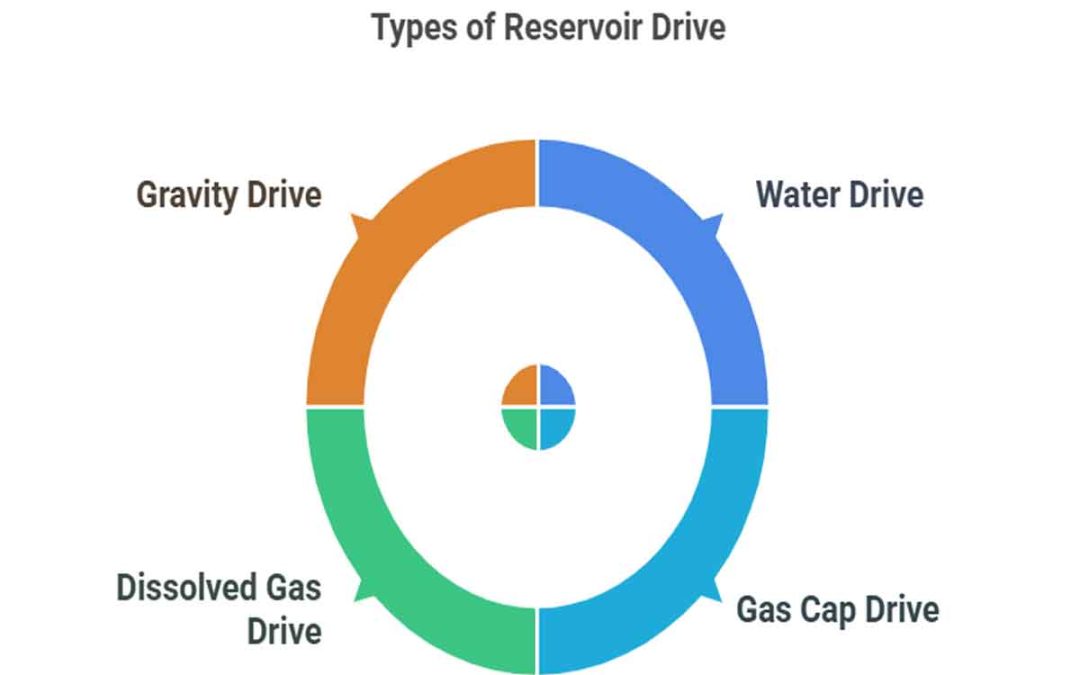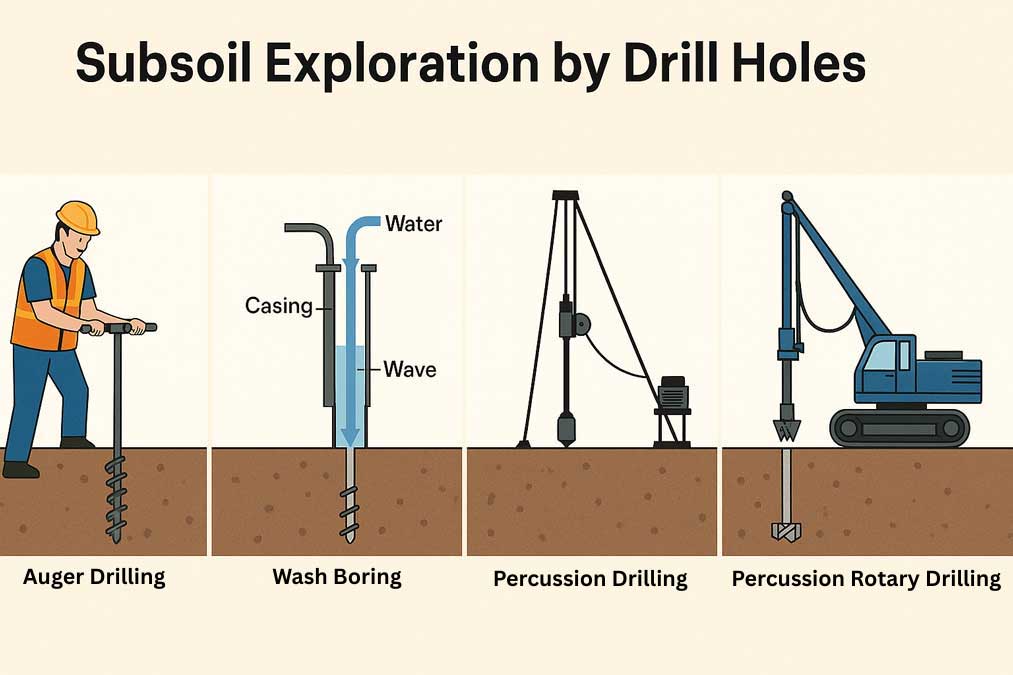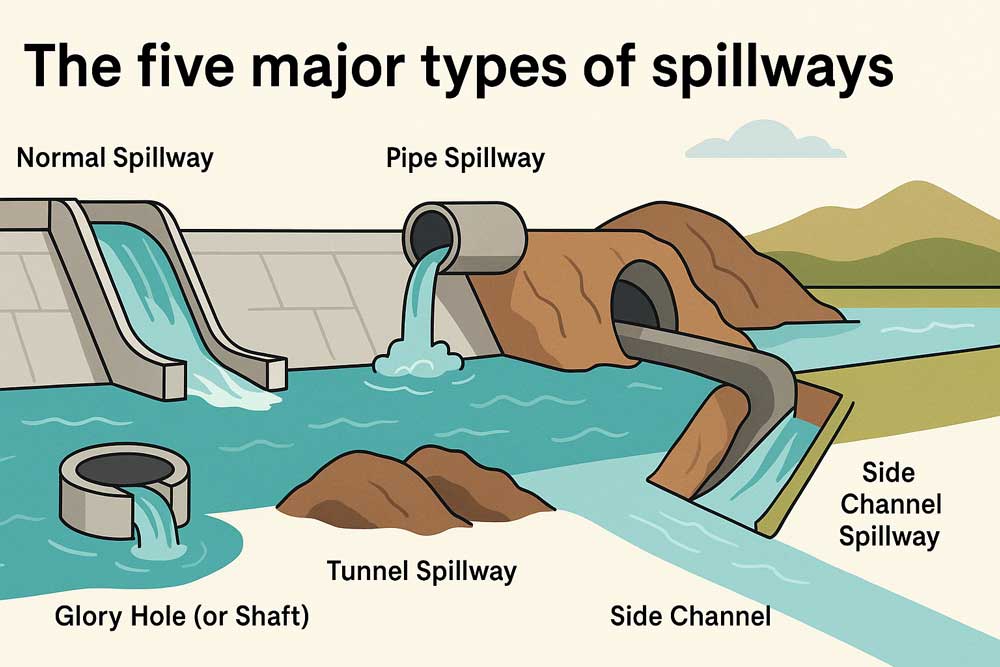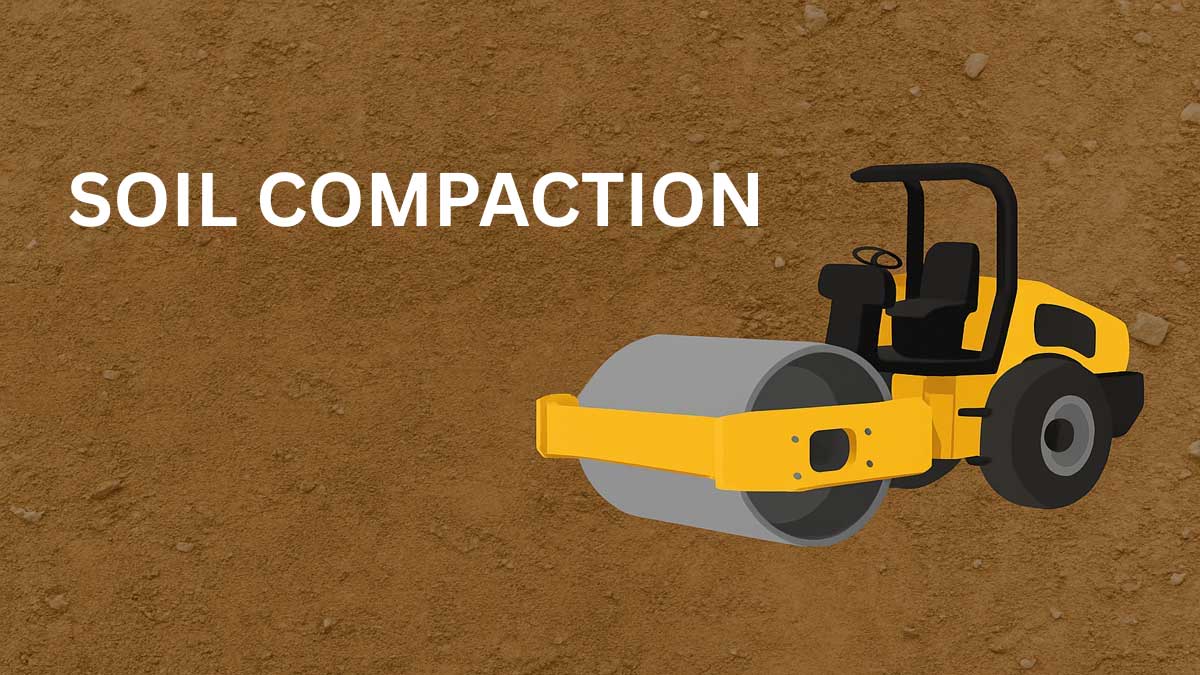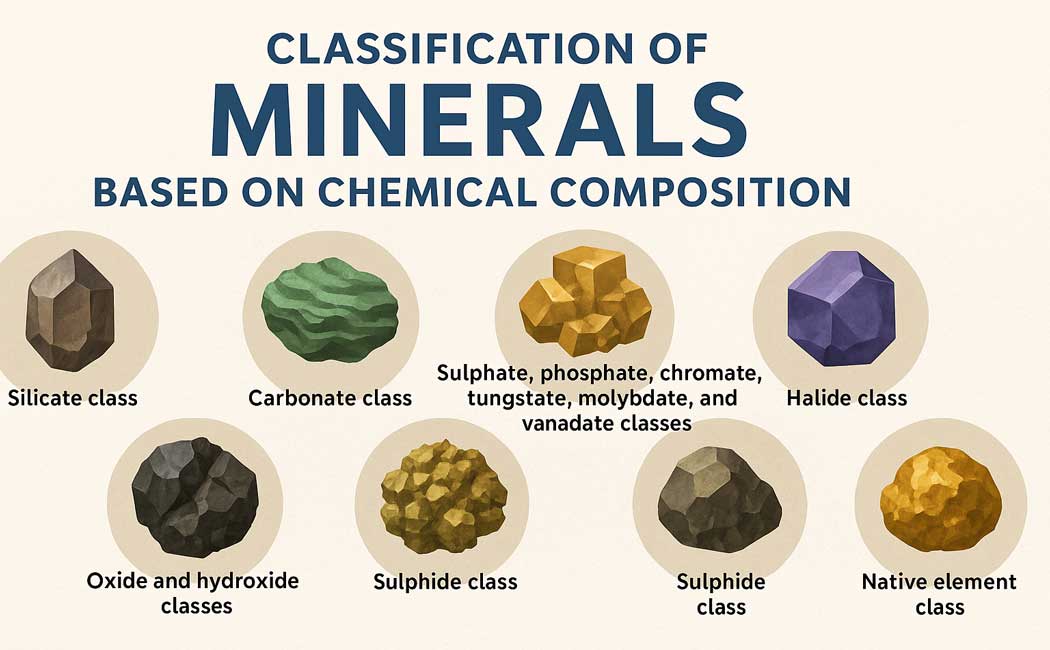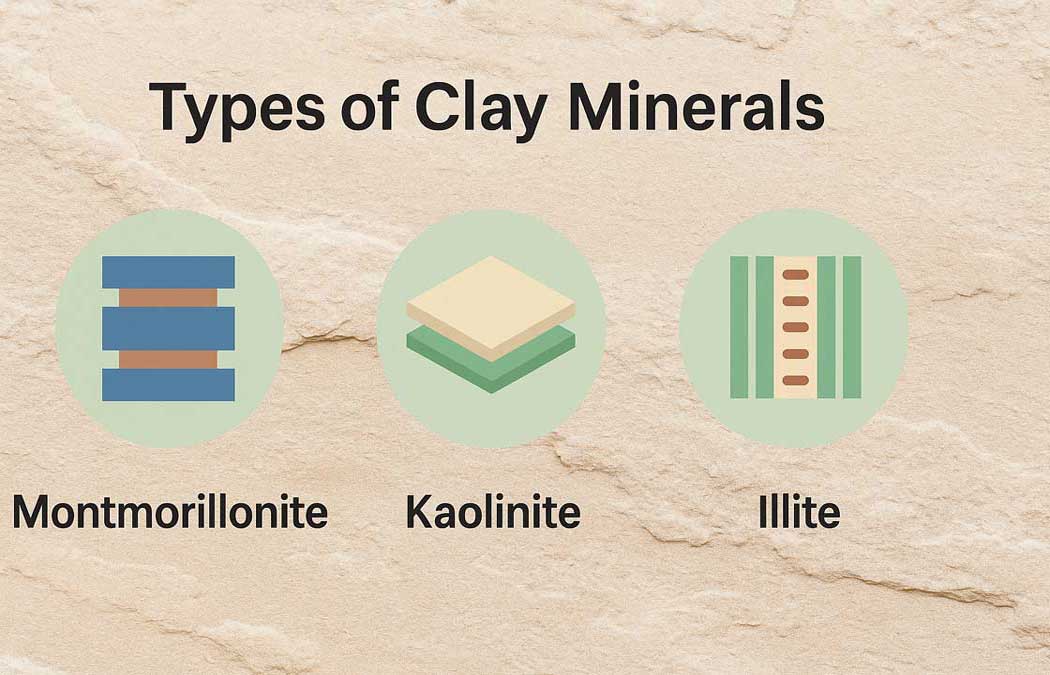The types of reservoir drives—Water Drive, Gas Cap Drive, Dissolved Gas Drive, and Gravity Drive—are natural forces that push hydrocarbons to the surface. Water Drive is the most efficient (up to 60% recovery), while Dissolved Gas Drive is the least (7-15%). Understanding these drives is crucial for optimizing reservoir performance and maximizing production.
Types of Reservoir Drives:
The natural drive mechanism pressure on oil or gas in the reservoir can cause oil or gas to flow up the well bore and termed as reservoir drive. Every reservoir originally has one or more reservoir drives. There are four types of reservoir drive.
- Water Drive
- Gas Cap Drive
- Dissolved Gas Drive
- Gravity Drive
Water Drive:
In the water drive, the reservoir drives its energy from the water below the oil. Water sweeps the oil up and into the wells. Where a fluid with a water drive mechanism is produced, the reservoir pressure drops in inverse proportion to the effectiveness of the recharge from the aquifer. It is generally the most effective mechanism, with a recovery factor of up to 60%.
Gas Cap Drive:
A second producing mechanism is the gas cap drive, in which the field contains both oil and gas zones. As production begins, the drop in pressure causes gas dissolved in the oil to come out of the solution. This new gas moves up to the gas cap. It is less effective than the water drive mechanism, with a 20% to 50% recovery factor.
Dissolved Gas Drive:
This type of drive occurs in oil fields that initially have no gas cap. As production begins, Pressure drops and gas bubbles form in the oil and expand, forcing the oil out of the pore system and towards the borehole. As the gas expands, it helps to maintain reservoir pressure. This mechanism is considered to be the least efficient of the three, with a recovery factor in the range of 7% to 15%.
Gravity Drive:
Present in all reservoirs as the weight of the oil column creates pressure, causing oil to flow into the well. This is insignificant in comparison to other devices.

